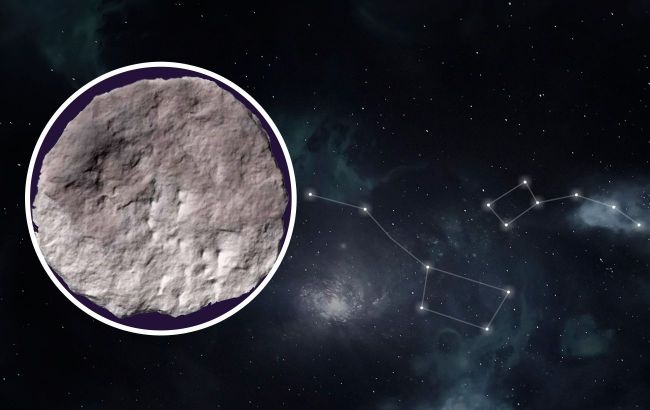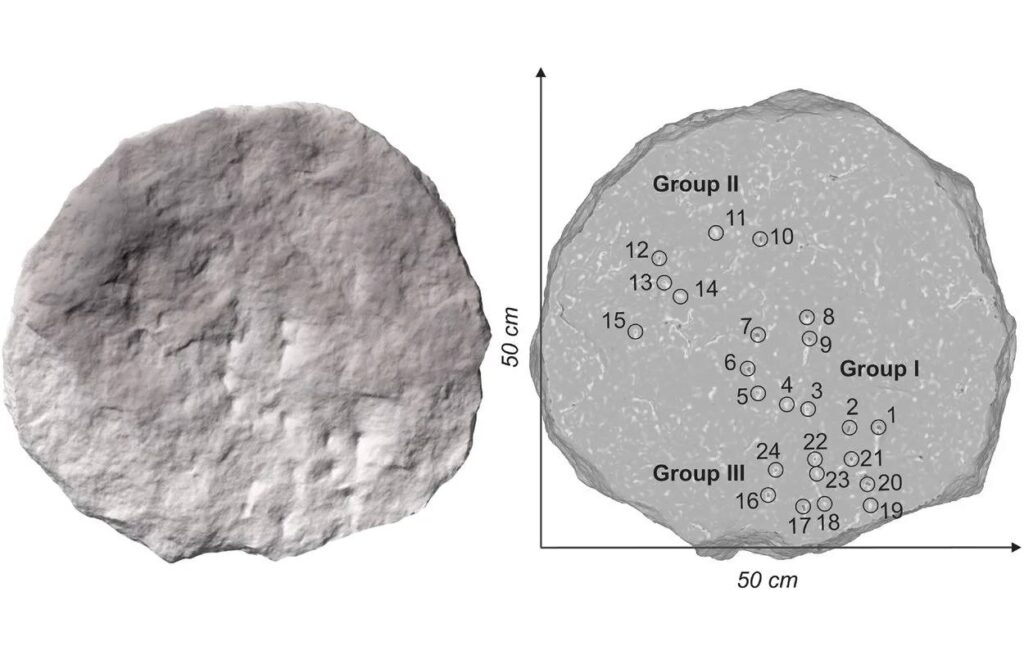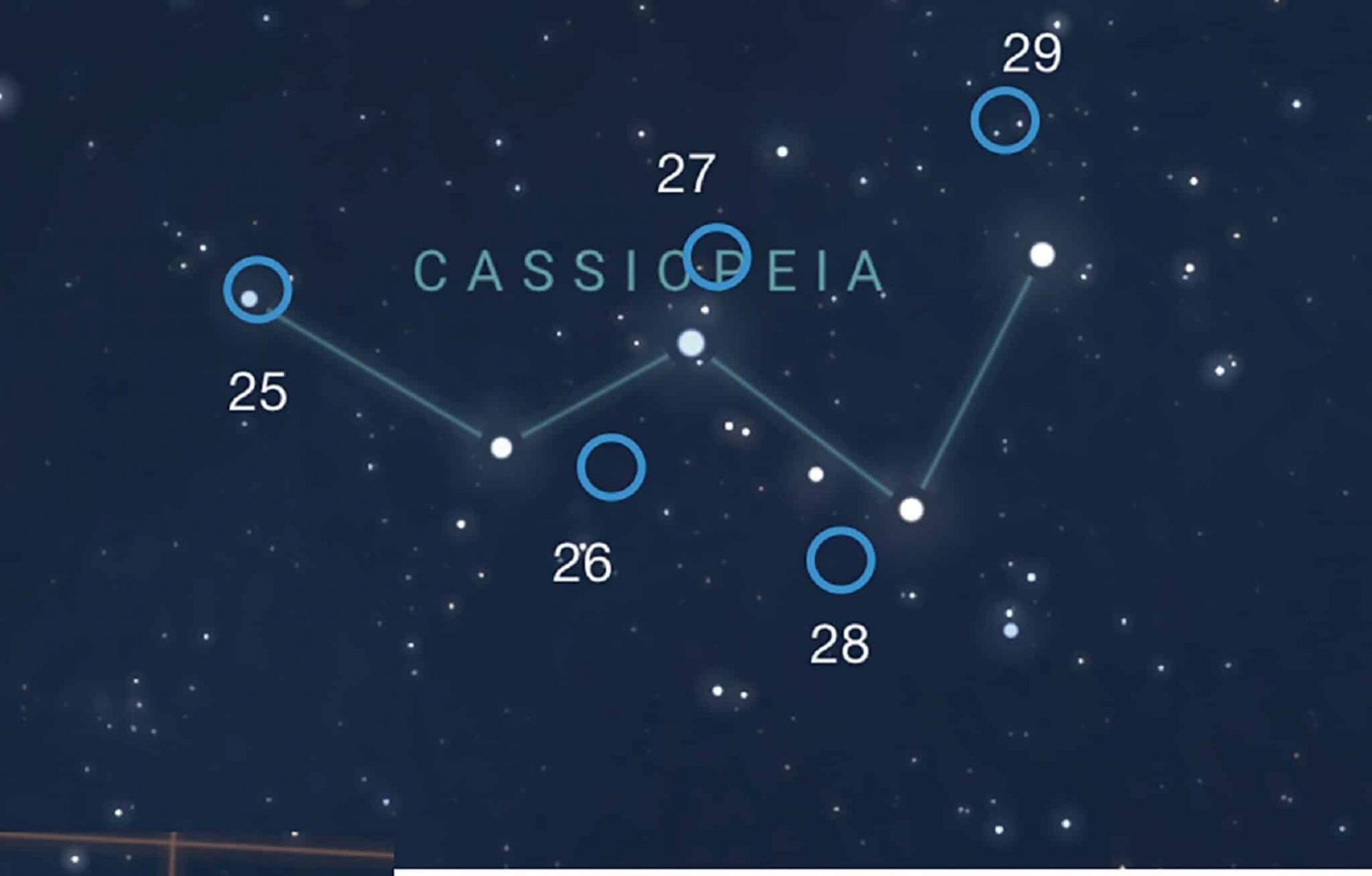Ancient star map unearthed, drawn 2500 years ago (photo)
 Stone star map dating back 2,500 years (Collage: RBK-Ukraine)"
Stone star map dating back 2,500 years (Collage: RBK-Ukraine)"
In the province of Trieste, atop the hill of Castelliere di Rupinpiccolo, archaeologists have discovered two round stones with a diameter of 50 centimeters. On one of them, 29 out of the 28 stars that currently exist can be observed, according to Heritage Daily.
The map was found at the site of the ancient settlement of Castelliere di Rupinpiccolo, which emerged during the Middle Bronze Age. Archaeological findings suggest that the location was inhabited even during the Iron Age but was abandoned in the 5th century BCE.
Experts believe that the discovered map represents a depiction of the night sky over Rupinpiccolo approximately 2,500 years ago. This makes it one of the oldest celestial maps found in Italy.

Stone with a star map found in the province of Trieste (Photo: HeritageDaily)

The size of the stone (Photo: HeritageDaily)
The stone map features 29 engravings corresponding to the constellations of Scorpius, Orion, the Pleiades, and Cassiopeia. It is believed that these engravings were created by a single craftsman using a hammer and chisel with a blade measuring 6-7 millimeters.
Researchers identified one of the stars as Theta Scorpii, which is currently not visible from Castelliere di Rupinpiccolo due to its low position on the horizon. However, using the Stellarium program to simulate the night sky, researchers found that this star would have been visible from the ancient settlement around 400 years BCE.
Particular attention was drawn to the 29th engraving, as it depicts a star that does not align with modern astronomical data. It is speculated that this could represent a supernova that suddenly appeared and then disappeared.

Possible appearance of the night sky 2,500 years ago (Photo: HeritageDaily)
If this hypothesis is true, tracking the sky at the location of the 29th engraving may help identify the black hole formed after the supernova explosion.
By the way, also read about a new archaeological discovery that is changing scientists' views on the fall of the Roman Empire.

